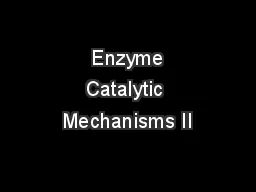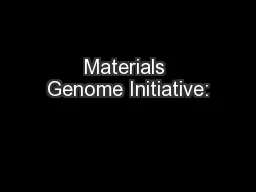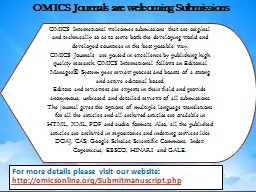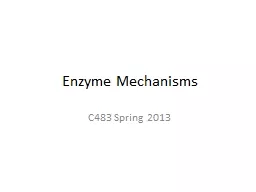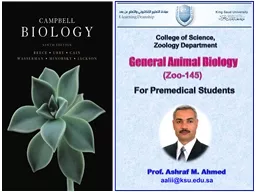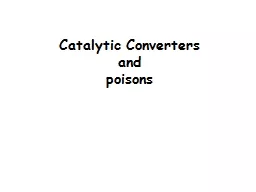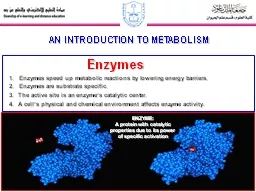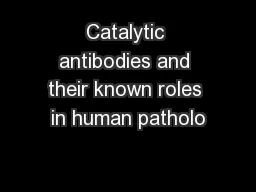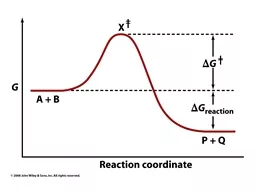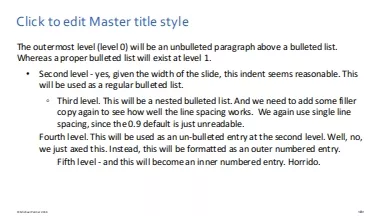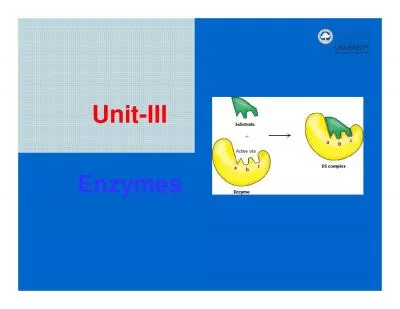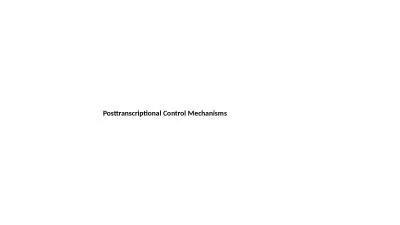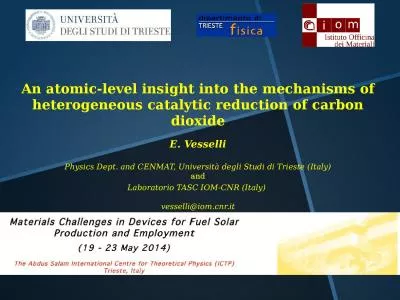PPT-Enzyme Catalytic Mechanisms II
Author : yoshiko-marsland | Published Date : 2020-04-03
Dr Kevin Ahern Protease Mechanisms Aspartic Acid Aspartic Acid Histidine Cysteine Electron rich Metal Other Protease Families Cysteine Aspartyl Metallo Papain Cathepsin
Presentation Embed Code
Download Presentation
Download Presentation The PPT/PDF document " Enzyme Catalytic Mechanisms II" is the property of its rightful owner. Permission is granted to download and print the materials on this website for personal, non-commercial use only, and to display it on your personal computer provided you do not modify the materials and that you retain all copyright notices contained in the materials. By downloading content from our website, you accept the terms of this agreement.
Enzyme Catalytic Mechanisms II: Transcript
Download Rules Of Document
" Enzyme Catalytic Mechanisms II"The content belongs to its owner. You may download and print it for personal use, without modification, and keep all copyright notices. By downloading, you agree to these terms.
Related Documents

